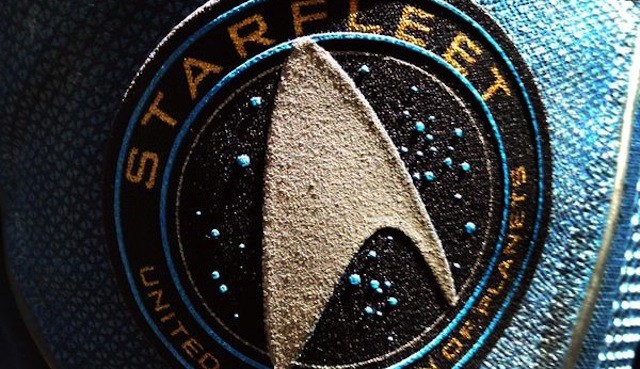

Star Trek Into Darkness, even though it was post-converted, clearly thought this through. Movies with shaky cameras or quick action scenes or anything not planned for the audience to experience in 3D can have a way of making you sick once you slap on those glasses. Pick the right moment- like that aforementioned opening sequence- though, and it will really impress you. Star Trek Into Darkness does this pretty well, though of course, it will vary greatly depending on which scene you do it in. ?When you take off your glasses in the middle of a 3D scene- you probably shouldn't, but for the sake of the test, go with us- you ought to see some blur around the image, which indicates how much actual 3D pop you'll see when you put them back on. There are some dimmer scenes in the movie, like when Kirk and Spock and Uhura get into a firefight on a Klingon moon, but the problems with seeing what's happening there come from the quick editing, not the 3D. As you might guess, brightness is not an issue here, even though it's the first Star Trek film you'll experience with 3D glasses blocking your face. ?If anything Abrams's Star Trek films are criticized for being too bright, with those lens flares popping up out of the screen at you.

Sure, much of Star Trek still happens in the relatively confined space of the bridge, but even there the depth helps you feel like it's a real ship, and not a soundstage somewhere in Los Angeles. A scene late in the film with the Enterprise in peril- you've seen it teased in clips like this one- shake up the ship's gravity, and watching hallways turn into deepening holes becomes that much more intense with the 3D added on. ?Given a bigger production budget and more space to build enormous sets- read Simon Pegg talking about the airplane hangar he sprinted across in this interview- Star Trek Into Darkness really allows you to feel the vaster spaces, and the 3D helps with that. You may be exasperated by his love of lens flares, but you really ought to see how lovely they can be in 3D. As the film goes on these moments get less extreme- the opening sequence is all about dazzling you, while later on you've actually got to pay attention to the story- but as it turns out, one of Abrams' directorial signatures works well here. Spears are thrown at the screen, snowfall and lava fly out at you, even the red branches of the forest seem to loom overhead.

Star Trek Into Darkness works many, many of these moments into its opening scene, with the entire Enterprise crew racing to get away from the red-forested planet before a volcano explodes. ?Movies set in outer space are prime candidates for "before the window" moments, which is when objects or people or confetti or whatever come flying out of the screen at the audience. The results are on the screen, even if it's probably not what Abrams would have done given total control. But Abrams is also a planner, and gave himself plenty of time to both prepare the shoot and allow for a solid conversion process.
STAR TREK BEYOND IMAX 3D MOVIE
Abrams- who initially said that he wouldn't make the film in 3D before conceding and agreeing to post-conversion- has never made a 3D movie before this one, and has never seemed all that into it.

?We always give extra credit to movies that shoot in 3D, since it suggests that the director him or herself is actually passionate about the format.


 0 kommentar(er)
0 kommentar(er)
